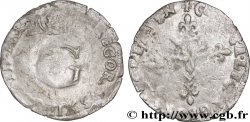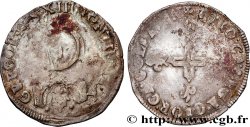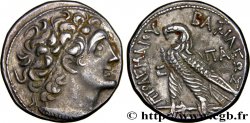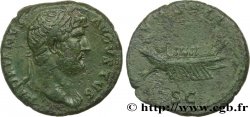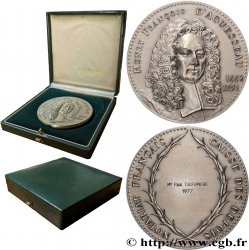Live auction - bfe_382190 - COMTAT-VENAISSIN - AVIGNON - GREGORY XIII (Ugo Buoncompagni) Double sol parisis ou six blancs
You must signin and be an approved bidder to bid, LOGIN TO BID. Accounts are subject to approval and the approval process takes place within 48 hours. Do not wait until the day a sale closes to register. Clicking on "BID" constitutes acceptance of the terms of use of cgb.fr private live auctions.
Bids must be placed in whole Euro amounts only. The sale will start closing at the time stated on the item description; any bids received at the site after the closing time will not be executed. Transmission times may vary and bids could be rejected if you wait until the last second. For further information check the Live auction FAQ
All winning bids are subject to a 18% buyer’s fee.
All winning bids are subject to a 18% buyer’s fee.
| Estimate : | 200 € |
| Price : | no bid |
| Maximum bid : | no bid |
| End of the sale : | 25 April 2023 17:19:49 |
Type : Double sol parisis ou six blancs
Date: (1578-1585)
Date: n.d.
Mint name / Town : Avignon
Metal : billon
Millesimal fineness : 319 ‰
Diameter : 27 mm
Orientation dies : 4 h.
Weight : 3,76 g.
Coments on the condition:
Ce double sol parisis est frappé sur un flan irrégulier. Exemplaire recouvert d’une patine grise et médaillier
Catalogue references :
Obverse
Obverse legend : .GREGORIVS. XIII. PONTIF. MAX - ..
Obverse description : G sous la tiare pontificale coupant la légende en haut.
Obverse translation : (Grégoire XIII, grand pontife).
Reverse
Reverse legend : + CARO. CA. LEGA. GEOR. CA. COLE. AVEN.
Reverse description : Croix cléchée fleurdelisée.
Reverse translation : (Charles, cardinal légat et Georges cardinal co-légat d’Avignon).
Commentary
D'après De Mey cette monnaie est copiée sur les gros de Nesle de Henri II. Il semble plutôt qu'elle fut produite d'après les doubles sol parisis d'Henri III, notamment en raison de la ressemblance de la croix du revers. Le G dans le champ est le chiffre de Grégoire XIII. Sur ce double parisis sont associés le légat d'Avignon, Charles de Bourbon et le vice-légat, Georges d'Armagnac.







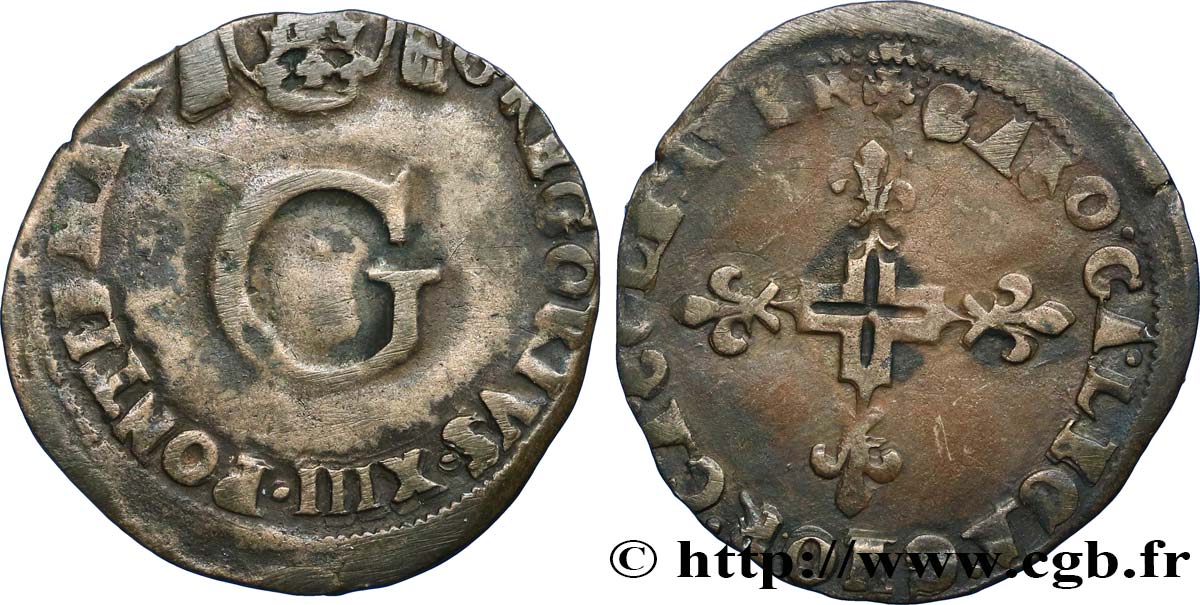
 Report a mistake
Report a mistake Print the page
Print the page Share my selection
Share my selection Ask a question
Ask a question Consign / sell
Consign / sell
 Full data
Full data